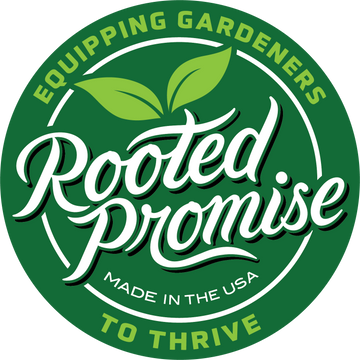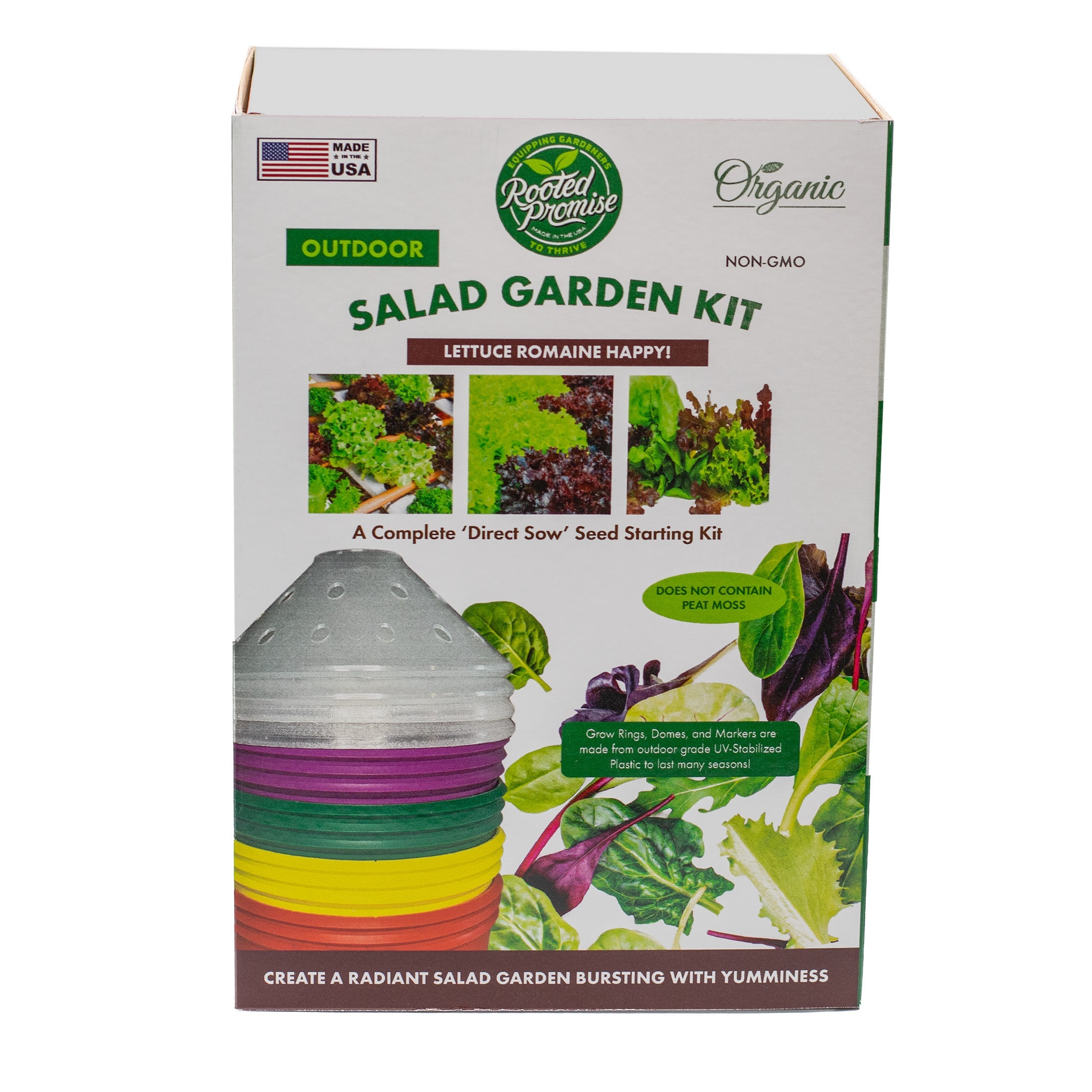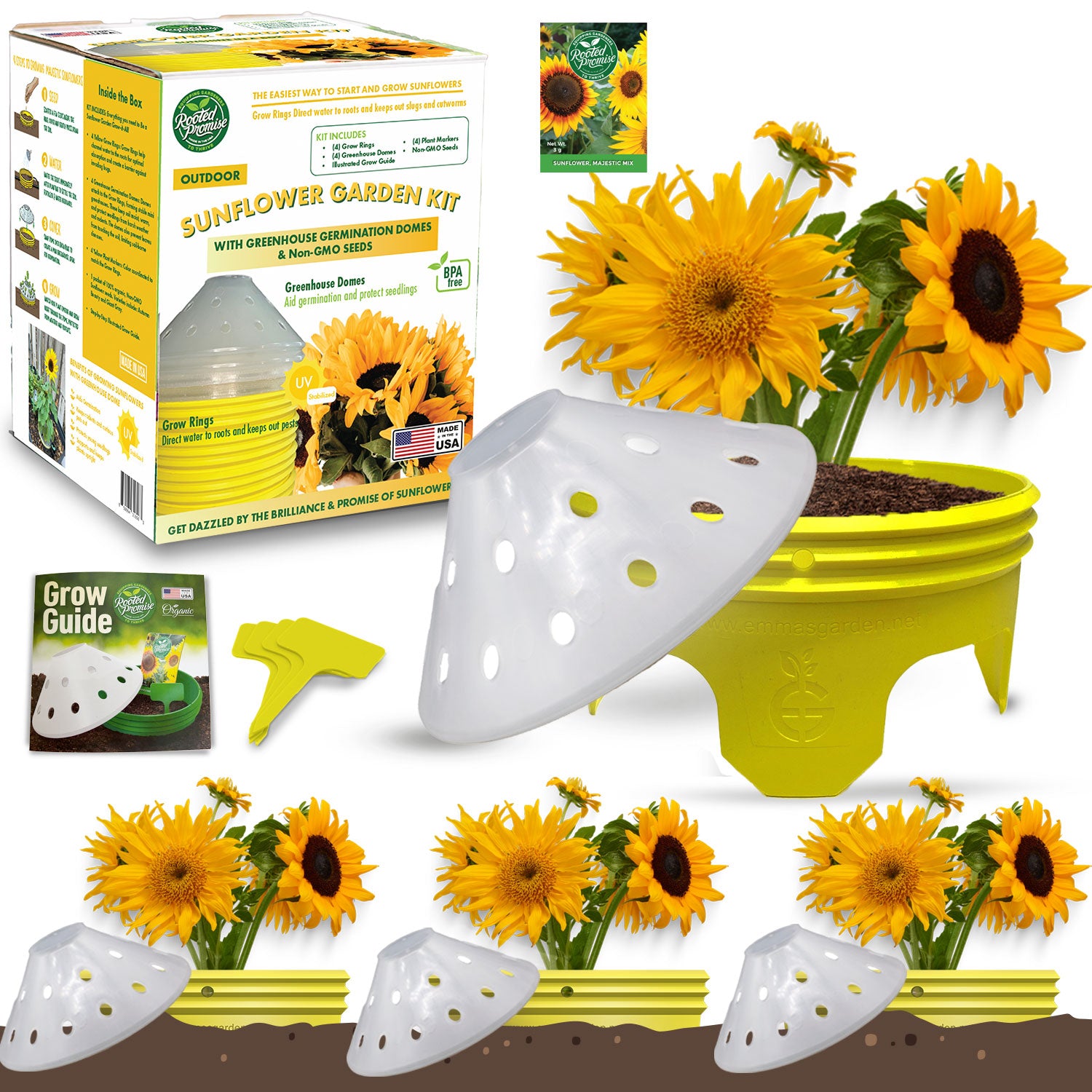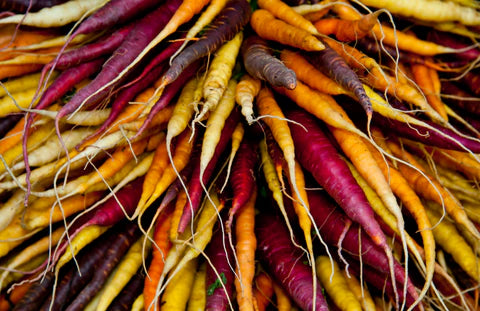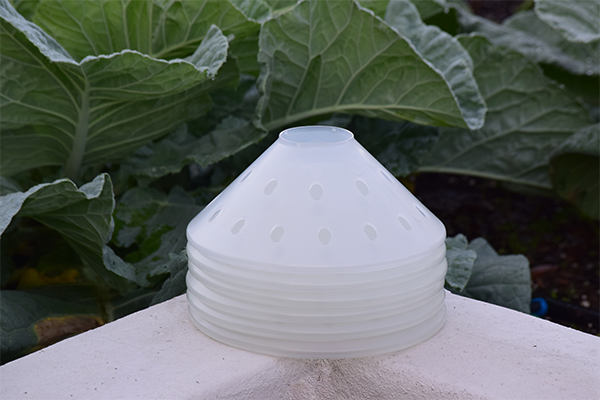Introduction
Heirloom vegetables are more than just plants; they are living legacies passed down through generations. The vibrant colors, unique shapes, and rich flavors are not just random; they are heirlooms. But what makes a vegetable an heirloom and are they better to grow than other types?
In this article, we will delve into the intriguing world of heirloom vegetables, exploring their history, significance, and why they are becoming a cherished choice for gardeners across the United States.
Table of content
-
Understanding Heirloom Vegetables
-
The Rich History of Heirloom Seeds
-
Benefits of Growing Heirloom Vegetables
-
How to Start Your Own Heirloom Garden
-
Key Takeaways
-
FAQs
-
Conclusion
Understanding Heirloom Vegetables
Unlike hybrid or genetically modified organisms (GMOs), heirlooms are open-pollinated varieties that have been cultivated for at least 50 years. They carry the unique characteristics and flavors of their ancestral lineage, making them a treasure trove of biodiversity.

The Rich History of Heirloom Seeds
The history of heirloom seeds is a tapestry woven with tales of survival and resilience. Many of these seeds were brought to America by immigrants who carried them as precious cargo. For instance, the Brandywine Tomato traces its roots back to the Amish community in Pennsylvania. These seeds have been preserved through traditional farming practices, ensuring that their genetic purity remains intact.
Benefits of Growing Heirloom Vegetables
Why should you consider growing heirloom vegetables? Here are a few compelling reasons:
-
Superior Flavor: Heirlooms are known for their unmatched taste and texture.
-
Genetic Diversity: They contribute to agricultural biodiversity, making crops more resilient to diseases and pests.
-
Sustainability: Growing heirlooms supports sustainable farming practices and helps preserve our agricultural heritage.
-
Health Benefits: Many heirloom varieties are rich in nutrients and antioxidants.
How to Start Your Own Heirloom Garden
Starting an heirloom garden is like opening a time capsule. Here's how you can begin:
Selecting Seeds
Choose seeds from reputable sources such as Seed Savers Exchange. Look for varieties that suit your climate and soil conditions.
Preparing the Soil
Heirloom vegetables thrive in well-drained, nutrient-rich soil. Conduct a soil test and amend it with organic compost to create a fertile bed for your plants.
Sowing and Caring for Plants
Sow the seeds according to the instructions provided. Water them regularly and protect them from pests using natural methods like companion planting or organic pesticides. As your garden flourishes, you'll witness the beauty of heirlooms unfold.
Key Takeaways
-
Heirloom vegetables are open-pollinated varieties with rich histories and superior flavors.
-
They contribute to genetic diversity and support sustainable farming practices.
-
Starting an heirloom garden requires careful selection of seeds, soil preparation, and proper plant care.
FAQs
What defines an heirloom vegetable?
An heirloom vegetable is an open-pollinated plant variety that has been cultivated for at least 50 years and passed down through generations.
Where can I buy heirloom seeds?
You can purchase heirloom seeds from reputable sources such as Seed Savers Exchange.
Are heirloom vegetables more nutritious?
Many heirloom varieties are rich in nutrients and antioxidants, making them a healthy choice for your garden.
Conclusion
In a world where uniformity often reigns supreme, heirloom vegetables stand as vibrant reminders of our diverse agricultural heritage. By growing these living antiques, you not only savor unparalleled flavors but also play a pivotal role in preserving our planet's genetic diversity.
So why not embark on your own heirloom journey today? Let your garden be a canvas painted with the colors of history and tradition.
If you enjoyed this article and want to learn more about sustainable gardening practices, visit EPA Sustainable Gardening Resources.
```
